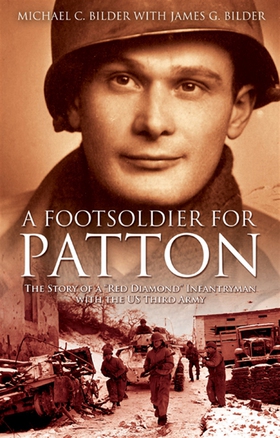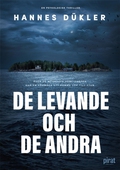
Lägg till önskelistan
A Footsoldier for Patton e-bok
Pris
75 kr
A brutally honest depiction of day-to-day combat in World War II . . .
A rarely frank account of the U.S. infantry experience in northern Europe, A Foot Soldier for Patton takes the reader from the beaches of Normandy through the giddy drive across France, to the brutal battles on the Westwall, in the Ardennes, and finally to the conquest of Germany itself.
Patton’s army is best known for dashing armored attacks, its commander combining the firepower of tanks with their historic line...
E-Bok
75 kr
Pris
Förlag
Casemate
Utgiven
13 Augusti 2021
Längd
320 sidor
Genrer
Historia & Arkeologi, Biografier & Memoarer, Fackböcker
Språk
English
Format
epub
Kopieringsskydd
Vattenmärkt
ISBN
9781935149620
A brutally honest depiction of day-to-day combat in World War II . . .
A rarely frank account of the U.S. infantry experience in northern Europe, A Foot Soldier for Patton takes the reader from the beaches of Normandy through the giddy drive across France, to the brutal battles on the Westwall, in the Ardennes, and finally to the conquest of Germany itself.
Patton’s army is best known for dashing armored attacks, its commander combining the firepower of tanks with their historic lineage as cavalry. But when the Germans stood firm the greatest fighting was done by Patton’s long undersung infantry—the foot sloggers who were called upon to reduce enemy strong points, and who took the brunt of German counterattacks.
Michael Bilder, a member of the 5th Infantry (“Red Diamond” division), played a unique role in the Third Army’s onslaught. A rifleman foremost, he was also a German-speaker, called upon for interrogations and special duties. Also a combat lifeguard, he played a key role in successive river crossings. An astute observer, he relates dozens of fascinating insights into the campaign, from dealing with German snipers to intoxicated Frenchwomen, as well as relaying the often morbid humor of combat. Laughter, for example, erupts among Bilder’s unit when a hated Graves Registration officer, known for robbing the pockets of the dead, gets his hand blown off by a German booby trap.
When the 5th Infantry comes up against the fortress of Metz, the battle is detailed in all its horror, as is the sudden drive into the flank of the Bulge, where the Americans face their first winter battle against enemy veterans of Russia. Incidents common to the ordinary GI, but which seldom see the light of day in histories, are routinely related in this book, enriching the reader’s sense of the true reality of World War II combat.




